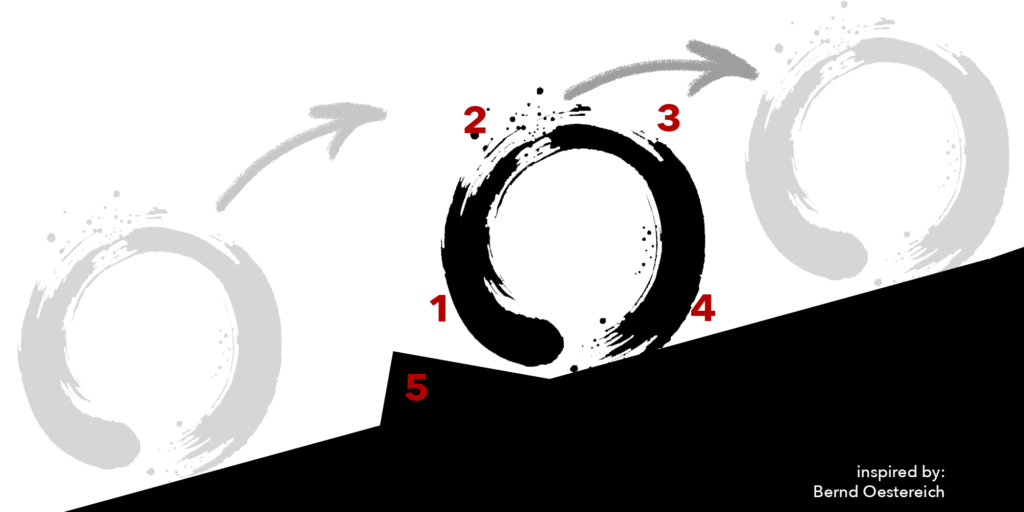Together with you as a leaders, we systematically develop your team to achieve its goals.

“As a younger manager in a team with older employees and the baggage of outdated routines and dissatisfaction from my predecessor, I faced major challenges. Working with Dr. Becker helped me to find my own point of view, establish myself in the team and gain recognition. Today, we work together more constructively, the sickness rate has been reduced and the improved mood means that we all enjoy coming to work again.”
Team leader in a city administration
“”The department and team development was not only an opportunity for me to strengthen my team, but also a profound personal learning process. I understood how important it is to motivate people to voluntarily break new ground by recognizing the purpose and their own motivation for change. It became clear to me that it is crucial to provide the space in which such insights can emerge. This approach has shown me how to effectively engage people in change and has significantly increased the effectiveness of my leadership.”
Head of department in a public authority
Clarification of new roles and strengthening of trust:
Conflict resolution and improvement of cooperation:
Preparation for change processes:
Increasing performance and motivation:
Development of common goals and strategies:
Optimization of communication and collaboration:
Promoting innovation and creativity:

“The decision to join Team Development was the best one I have ever made. Even though it was a challenge at first to invest regular time each quarter, the time has more than paid off. We went from a group of individuals who happened to work together to a real team with a clear direction and understanding of roles. A whole new sense of connectedness has emerged and the team is now more valued within the organization because we ourselves know exactly what service we provide to others. This investment has absolutely paid off.”
Head of unit at a municipal institution
Initial meeting
Every team development begins with an initial meeting lasting 60 to 90 minutes to get to know each other, agree expectations and define the overarching goals of the team development.
Clarification of mission and objectives
Once the decision has been made to implement the team development program, a comprehensive needs analysis and clarification of objectives is carried out in close cooperation with the manager and the team.
We analyze the current situation in the team, take past developments and current challenges into account and formulate clear goals for the future.
From this, specific development needs and goals are derived, which serve as the starting point for team development.
Team development process
We design an individually tailored team development program based on the needs analysis and the defined goals.
We use a variety of methods and techniques to initiate and support the desired changes in the team in a targeted manner.
We attach particular importance to ensuring that the program is practical and feasible in order to improve cooperation in the long term.
Evaluation and follow-up
At the end of the program, we evaluate the progress and results achieved together with the manager and the team.
We then discuss specific measures to secure the successes in the long term and ensure that they are transferred to everyday working life.
Possible next steps are also worked out together.